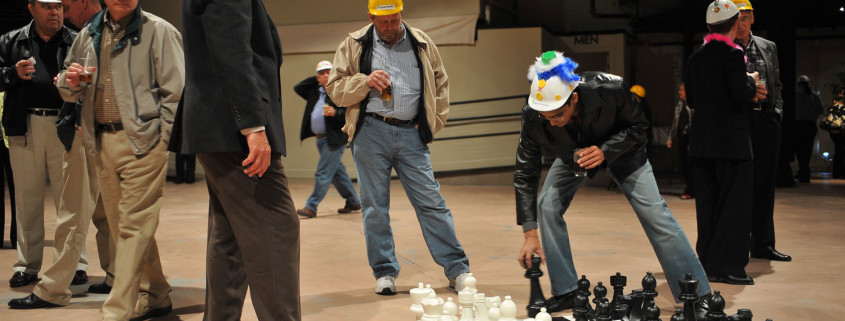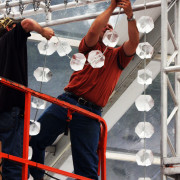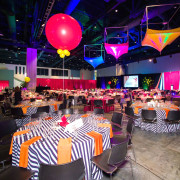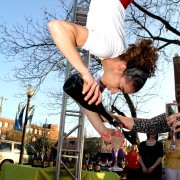How to Get Attendees to Network (and Enjoy it)
Why is Networking Important?
Despite its sometimes dreadful connotation, the working world is fueled by networking. Personal connections can lead to meaningful business and career opportunities.
Additionally, attendees like to feel like they are getting something out of the event. Whether they’re taking time out of their work day or their weekend, knowing the event will serve a purpose motivates them to attend.
There are many reasons people attend an event, but more often than not, people attend to see and be seen. Knowing they will have the opportunity for invaluable face time with certain people can make the event worthwhile, and subsequently more enjoyable.
Making Time to Network
If time isn’t set aside for networking, attendees will naturally make their own time, potentially in the middle of your program. It’s important to understand your audience and their needs. If networking is necessary, incorporate it either before or after the programmatic portion of the event.
Atmosphere
The event space shouldn’t be too big or too small. You don’t want the area to be so crowded that people can’t move or see a person on the other side of the room, and you don’t want the area to be so large that it creates an awkward cavern feeling. An ideal space will create an intimacy and warmth that helps initiate conversation.
The room layout can also help stimulate conversation with lounge areas and soft seating. Add drape or string curtain to give more structure to the lounge space.
Additional Elements for Fostering Good Opportunities to Network
The bare minimum for a networking event is a room and people. If we’re getting technical – it’s just people. However, there are plenty of additional elements that allow networking to be more enjoyable and even more productive for attendees.
- Entertainment: A silent room can be awkward. Whether it’s piped in or live, music can give background noise that alleviates the silence and adjusts the mood in the room. With that being said, the music should be peppy, but not too loud that it overpowers the conversation. Sometimes music with lyrics can cause guests to lose focus. If an event is featuring a live band or form of entertainment, it is best to schedule networking times around the act to avoid distraction.
- Activities: Activities can serve as icebreakers and conversation starters. Lighthearted and easy-to-start activities can be anything from an oversized game of chess to a virtual reality booth. Games or activities should be easy to start and stop. Activities can even serve a dual purpose as décor, such as a coloring wall or ice graffiti sculpture.
- Technology: Tech elements can be used to enhance the cool factor of an event, and cool things = conversation starters. As a bonus, incorporating technology can also help track attendance and ROI. We used Swarmworks technology that matched attendees based on a set of pre-answered questions about their interests and experiences. Attendees were able to see their “match” on a digital projection map of the room.
- Food & Beverage: Food and beverage elements allow guests to have something else to spark a conversation other than the weather. Wine or beer tastings, a rolling mixology cart, and spice making, are some easy-to-participate elements that can give guests something to talk about.









